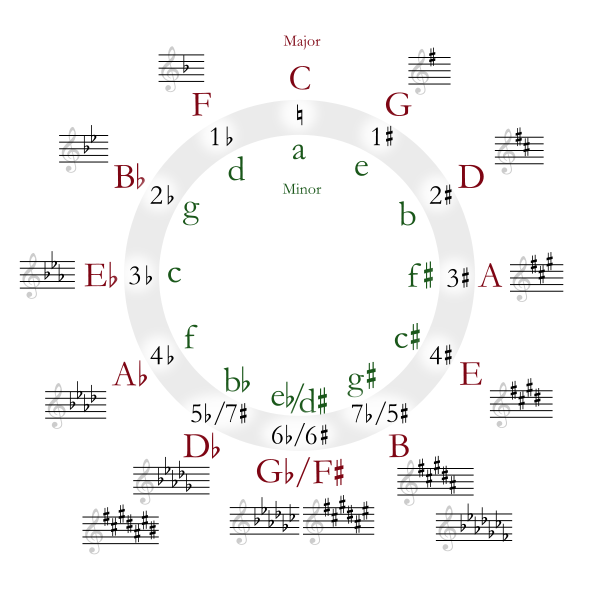Introduction
Lets start with some definitions:
- Polytonality (many tonal centres) – playing in two or more diatonic (Major or minor) keys at once.
- Polymodality (many modes) –
- playing in two or more different modes which have the same root note; OR
- playing in two or more different modes with different root notes
Polytonality & Polymodality
Jazz Improvisation is very often polymodal. As we have learned in past lessons, in Jazz we think in terms of modes and we are able to allocate many different scales to the same chord or progression. This is an example of polymodality.
| Chord | Dm7 | G7 | CMaj7 |
|---|---|---|---|
| Notes | D F A C | G B D F | C E G B |
| Scales | D Dorian | G Mixolydian | C Ionian |
| D Aeolian | G Wholetone | C Lydian | |
| D Blues Scale | G Lydian Dominant | C Lydian Augmented |
But occasionally you will come across actual written-down chords and melodies which are polytonal or polymodal. Keep an eye out for accidentals in melodies or non-diatonic chords, this could effectively be modulating the melody and/or chords to a different key.
Circle of Fifths
We discussed the Circle of Fifths in a previous lesson. In it we determined that the Circle of Fifths can be thought of as the ‘harmonic distance between keys‘. If two keys are close to each other on the Circle of Fifths, they are closely related, share more notes in common and will therefore sound good when combined (in polytonality).
- For example, the keys C Major (no sharps) and G Major (one sharp) are right next to each other on the Circle of Fifths and so are closely related. This means that playing the G Major scale over chords derived from C Major (or vice versa) will sound nice and pleasant.
- On the other hand, C Major (no sharps) and G♭Major (six flats) are diametrically opposed in the Circle of Fifths and so will sound very dissonant and jarring when combined.

Have a Listen to
- All About Rosie ~ George Russell
- Tell Me a Bedtime Story ~ Herbie Hancock